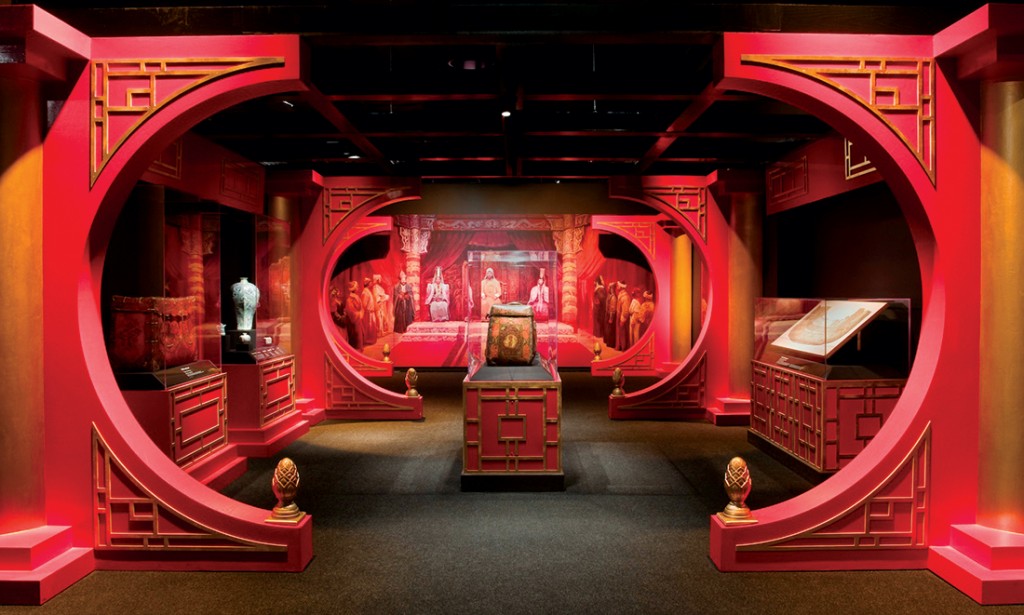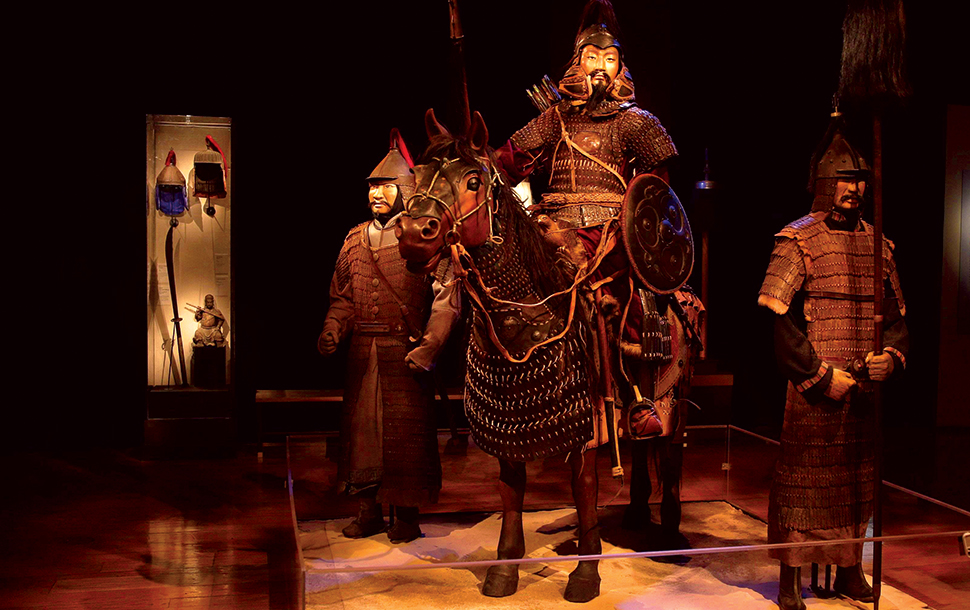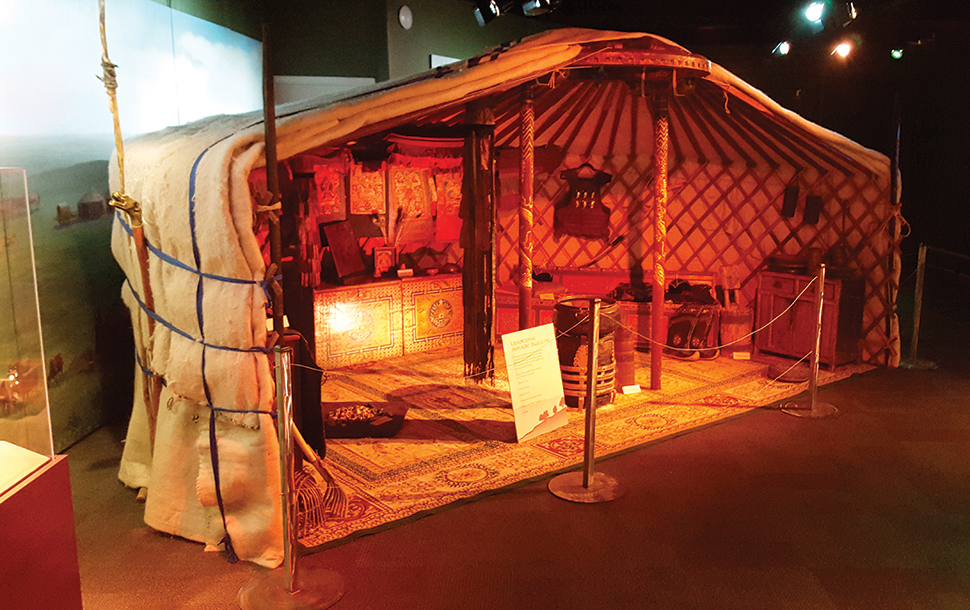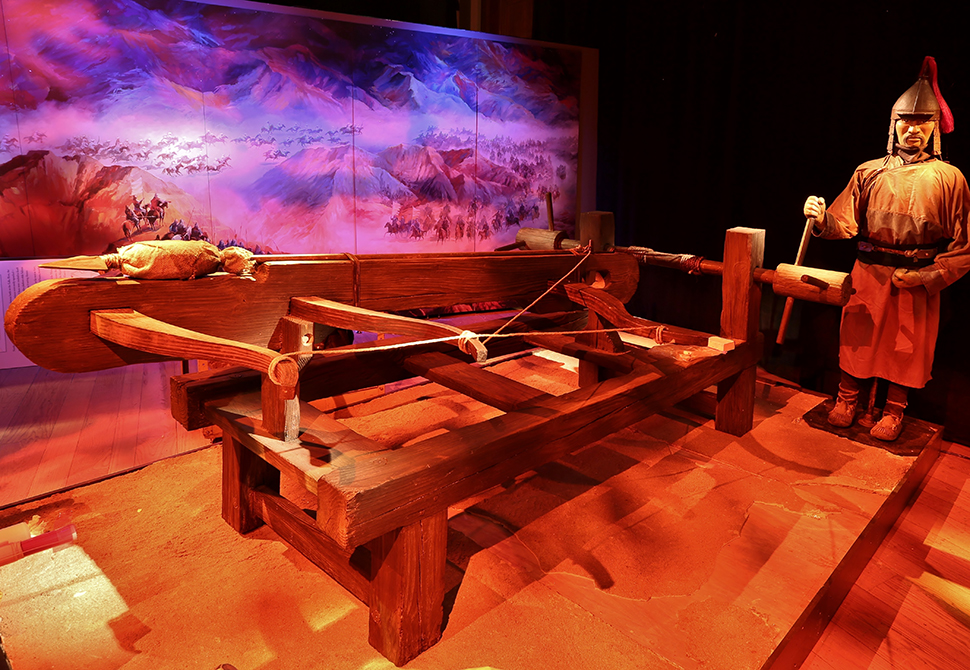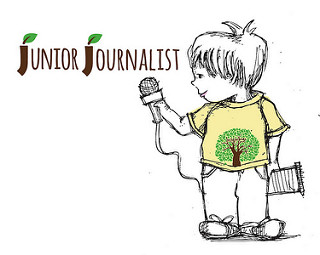
被譽為史上最偉大征服者的成吉思汗 (Genghis Khan),其人物和歷史特展於2月16日至8月19日期間,在位於西米谷(Simi Valley)的列根總統圖書館(Ronald Reagan Presidential Library)內展出。
正在南加里根總統圖書館展出。這個名為「成吉思汗文物展」的展覽經過 9 年的籌備,將被譽為史上最偉大征服者的成吉思汗 (Genghis Khan) 和他的文韜武略展示出來。在展覽期間,每天會有不同互動和音樂舞蹈表演,包括三場真人民俗表演,以及
兩個投影屏幕,展示成吉思汗戰場內的情景。
展覽沿著蒙古帝國崛起的軌跡分為幾大部分,從1206年鐵木真統一蒙古、被尊稱為成吉思汗,到蒙古大軍將帝國版圖一直延伸到歐洲中部,再到忽必烈建立元朝,直至1368年元朝被明朝滅亡,最後是新中國成立後內蒙古自治區人民對成吉思汗的紀念活動。

展出的 203件文物不僅包括馬俱、鎧甲、弓箭、武器,也有珍貴檔案、宗教用品、民俗樣本、生活器具和藝術珍品。它們講述著蒙古人的軍事才能、政治謀略、宗教包容,以及他們對亞歐文化交流的貢獻。希望展品能改變美國人心目中的成吉思汗是個踐踏文明的征服者、暴君的形象。
展品有部分可追溯至1300年前後時期,也有部分是由收藏家借出展覽。展區內容包括成吉思汗的出生、成長至死亡前後的事跡。大家是否知道,是誰把護照、驛馬快遞、紙幣、褲和小提琴帶進西方的就是成吉思汗。大家現在使用的護照,前身是成吉思汗使用,用青銅打造的過路證演變出來的。尼森表示,當時馬可波羅(Marco Polo)也帶著由成吉思汗發出的護照周遊各地,在不同的「護照」當中,而其中一個刻有「讓路,不然就死」的字句。
展期:February 16 – August 19, 10 a.m. – 5 p.m. seven days a week
地點:Ronald Reagan Presidential Library, 40 Presidential Dr, Simi Valley, CA 93065 [map]
費用:成人 $25 長者 (62+) $22 青少年 (11-17) $18 兒童 (3-10) $15
Website: www.reaganlibrary.com/khan
Daily Live Cultural Performances Within The Exhibit at 11am, 1pm and 3pm!
DISCOVER THE MAN BEHIND THE LEGEND!
 What do pants, the pony express, cannons, paper money, skis, violins, bakhlava and “hooray!” have in common? Answer: Genghis Khan introduced them all to the West.
What do pants, the pony express, cannons, paper money, skis, violins, bakhlava and “hooray!” have in common? Answer: Genghis Khan introduced them all to the West.
Not Genghis the brutal barbarian of Western history books, but Genghis the great civilizer and lawmaker, whose empire brought each of these innovations to the west, including 13th Century Mongolian-style democracy.
Now the most comprehensive exhibition of Genghis Khan and his treasures invades the Reagan Library, its only Southern California stop on an international tour that has drawn more than a million visitors.
As the exhibit strikingly portrays, Genghis’s reputation as the greatest conqueror is well-deserved – he dominated three times more land in his lifetime than either Julius Caesar or Alexander the Great, a conquest attested to by the formidable array of swords, bows, arrows, saddles and armor included on display in Genghis Khan. In fact, the historic exhibition showcases hundreds of artifacts from Genghis’s 13th century Empire, the largest such collection ever to tour.
Enter the recreation of Karakorum, the walled city, which became the capital of the Mongolian Empire after Genghis Khan’s son inherited the kingdom. See how life changed for Mongols once they had vanquished all of their enemies, and arts and diverse religions and cultures flourished as the need for war subsided.
Explore the vital trade route along the Silk Road which enabled the exchange of both goods and ideas between cultures.
Trace the influence of Genghis Khan in images of modern Mongolian life.

Curated and developed by dinosaur expert Don Lessem, the exhibition features more than 200 spectacular objects on display, including rare and sophisticated weapons, costumes, jewels, ornaments, instruments and numerous other fascinating relics and elaborate artifacts from 13th-century Mongolia.
Enter the sumptuous Chinese palace of Xanadu, the center of the Empire of Genghis’s grandson, Kublai, who united China for the first time.
Discover the daily life of a nomad on the high plateaus of Central Asia and learn about the outcast Genghis Khan’s earliest struggles.
Learn how the young, charismatic Genghis Khan united warring tribes in order to form an unrivaled cavalry. Explore the equestrian culture and innovations in weaponry Genghis Khan mastered to conquer three times more land than any Empire in history.
However, this special exhibition presents a more complete image of the legendary leader whom Time Magazine and CNN named “The Man of the Millennium.” As visitors discover, Genghis not only created the nation of Mongolia and its written language, but his lineage established the modern borders of nations from India to Iran, Korea to China as well as opened the trade routes that united East and West, forever after.
Visitors will experience the exhibition through the eyes of a Mongolian resident, receiving a civilian identity card at the beginning of their journey. From warrior to spy to princess, follow this character’s life throughout the rise of the great Mongol Empire.

